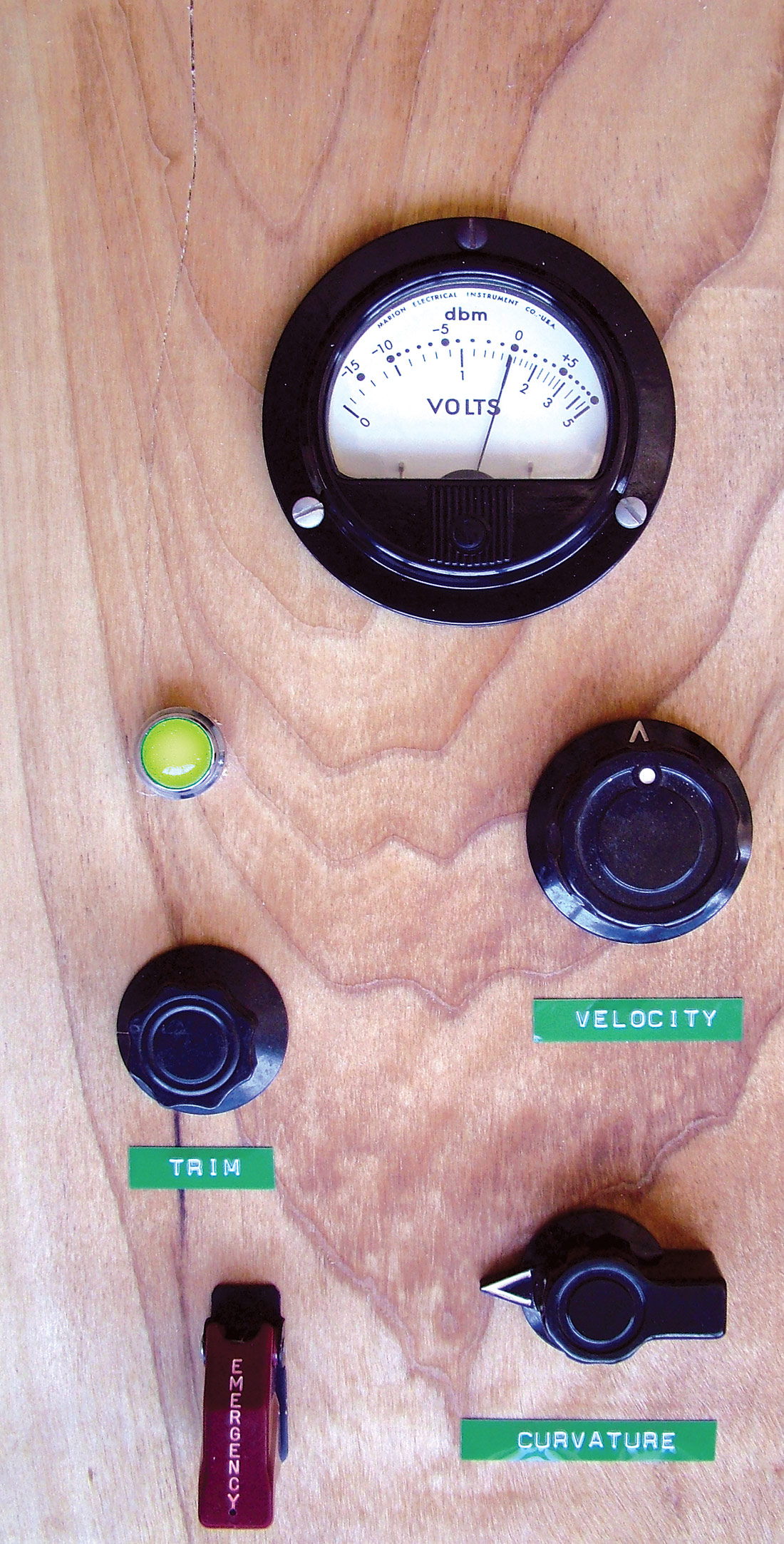SM's review of Scott Colburn's Practical Studio Construction DVD in this issue got me thinking about the difficulties of studio construction. On one hand, you need a room that is acoustically isolated from the rest of the world. On the other hand, you want a room that sounds "good" — perhaps not too "live," perhaps not too "dead," but definitely without nasty resonances that cause peaks and valleys in frequency response and reverb time. Unfortunately, thicker, denser walls that help to prevent sound from escaping a room also tend to reflect energy back into the room, and hard-to-treat bass frequencies especially can wreak havoc as they bounce around and create unwanted hotspots and deep voids. Ironically, home studios that have thin walls are sometimes the best sounding spaces, especially when there are open passageways to adjoining rooms to allow natural reverb to build up with greater dimensional variance. Some of my best drum recordings, for example, were done in a home with the drums and room mics placed in different rooms. See <www.kimcheerecords.com/articles/drums> for an article I wrote for Tape Op in 2002 describing a recipe for recording drums at home — downloadable audio samples included. But if you live in an urban environment (like I do), you'll need very friendly neighbors if you're recording full-volume rock bands in your living room, and even then, arranging your schedule around your neighbors' can be difficult. The corollary, of course, is that if you're recording quiet stuff, you'll have to contend with the noise of your neighbors, traffic, airplanes, etc. As long-time readers know, I eventually built a purposely-designed, well-isolated studio, and after construction, spent considerable time and energy planning and installing acoustic treatment. See <www.kimcheerecords.com/articles/studioacoustics> for some of the relevant reviews that were published in Tape Op some years ago; together, these reviews are an interesting account of my acoustic treatment successes as well as challenges, using a mix of strategies and materials, including (gasp!) readily available, high-density foam. In terms of structure, room layout, mechanicals, etc., my studio was designed by my brother John's architecture firm, SsD <ssdarchitecture.com>. (SsD also designed senior contributor Pete Weiss's studio <www.verdantstudio.com>.) We hired Cavanaugh Tocci Associates <www.cavtocci.com> as our acoustic consultants, and they were especially helpful when it came to our silent HVAC system. (The HVAC, by the way, took up 1/3rd of our construction budget — typical spending for a system that neither contributes noise to the recording environment nor allows sound to escape.) Also of note, Cavanaugh Tocci's due diligence on the design of our wall, ceiling, floor, window, and door structures reinforced much of the practical knowledge we had garnered while working on other projects that required attention to sound. Interestingly, most of the content in the free Auralex Acoustics 101 handbook <www.acoustics101.com/common/acoustics101v3_0.pdf> was verified not only by our own experiences but also from our consultations with Cavanaugh Tocci. Granted, there are some glaring mistakes and gloss-overs in the Auralex paper, particularly in how some of the room corners are drawn and how bass is supposedly treated with foam, but for a free primer on building an acoustically isolated room, I still highly recommend this paper as a first read. In the next issue, I'll tell you about my friend Hendrik Gideonse and his patented Acoustic Ramp Diffusor available from Redco <www.redco.com>. To put it succinctly, I was blown away by how effective his diffusor is. Even in a small room, it can do wonders, and its beneficial effects reach down to frequencies much lower than you'd expect from a diffusor. In the meantime, read Hendrik's blog at <www.xix-acoustics.com>. -AH

